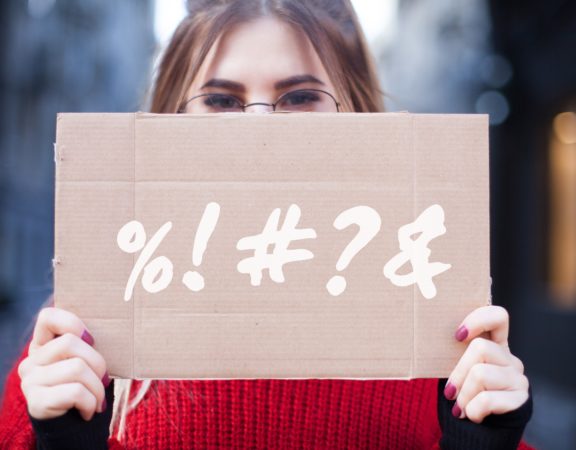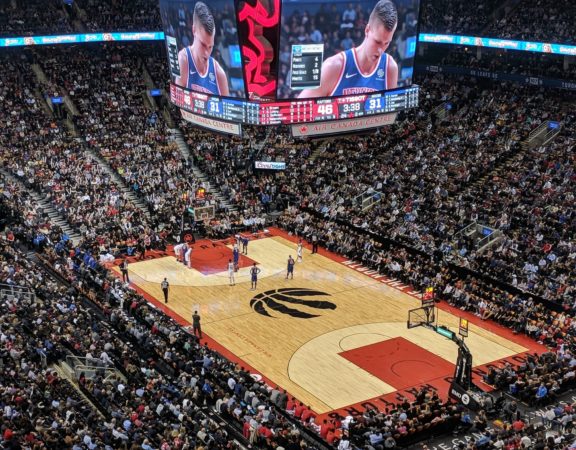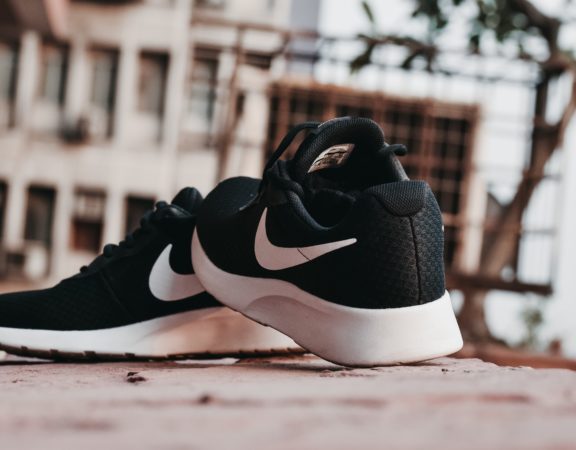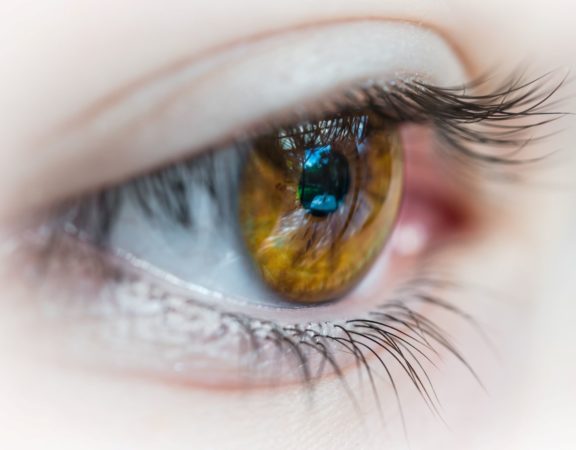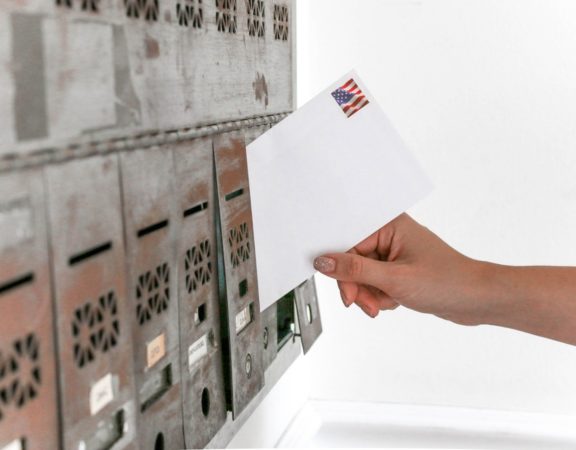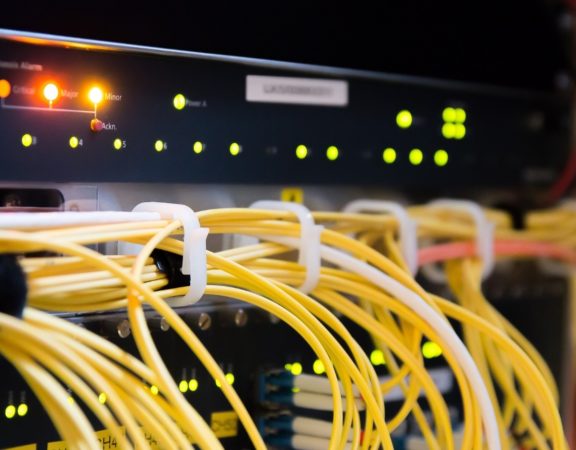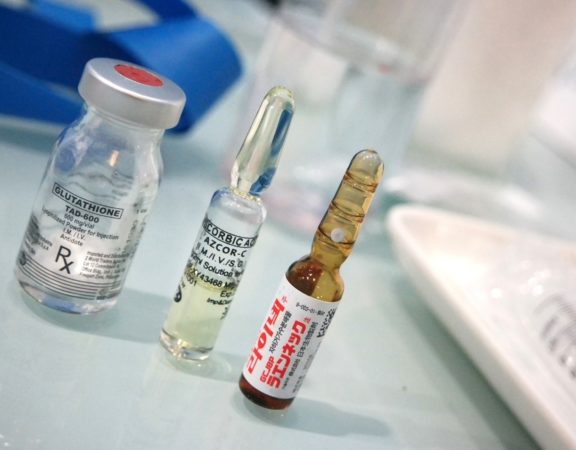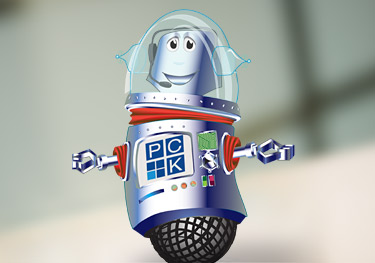Case summaries and articles about intellectual property that are relevant to the United States of America.
- Filter by
- Categories
- Tags
- Show all
- Article
- Confusion
- Contract
- Copyright
- Corporate
- Domain Names
- Employment
- Expungement
- Expungement
- Grey Marketing
- Industrial Designs
- Licensing
- Obviousness
- Opposition
- Passing Off
- Patent
- Patent Infringement
- Patent Strategy
- PCK News
- PM(NOC)
- Procedure
- Prosecution
- Services
- Summary
- Trade Secrets
- Trademark
- Use
- Validity
- Abandonment
- Abstract Theorems
- Abuse of Process
- Accounting of Profits
- Alice/Mayo Test
- Ambiguity
- Anticipation
- Appeal
- Apple
- Artificial Intelligence
- Assignment
- Bargain Theory
- Biosimilar
- Biotech Patents
- Branding
- business
- CAFC
- Canada
- Certificate of Supplementary Protection
- Chemical Patent
- CIPO
- claim
- Claim Construction
- Class Actions
- College of Patent Agents and Trademark Agents
- combination drugs
- Commercial Success
- Common General Knowledge
- Confidential Information
- Confusion
- Contract
- Copyright
- Copyright Infringement
- Costs
- Counterfeit
- Court of Appeals for the Federal Circuit
- COVID-19
- Damages
- Data Protection
- Design Patents
- Distinctiveness
- Diversity
- DNA Patents
- Domain Names
- Dosage Range
- Double Patenting
- Due Care
- E-Commerce
- Enablement
- Estoppel
- Evidence
- Expert Evidence
- Fair Use
- Federal Court
- Federal Court of Appeal
- File Wrapper Estoppel
- Food and Drug Regulations
- Fraud
- funding
- Generic Drugs
- Hague Agreement
- Indefiniteness
- Induced Infringement
- Industrial Designs
- Injunction
- Innovation
- Innovative Drugs
- Insufficient Disclosure
- Intellectual Property
- Inter Partes Review
- Investors
- IP Litigation
- IP Strategy
- IP Treaty
- IPIC
- Jurisdiction
- Law Firm
- Licensing IP
- Madrid Protocol
- Methods of Medical Treatment
- Non-Infringing Alternative
- Non-Practicing Entity
- Novelty
- Obviousness
- Official Marks
- On-Sale Bar
- Overbreadth
- Ownership & Inventorship
- Passing Off
- Patent Act
- Patent Agent
- Patent Appeal Board
- Patent Application
- Patent Drafting
- Patent Fees
- Patent Infringement
- Patent Law
- Patent Lawyer
- Patent Litigation
- Patent Prosecution
- Patent Rules
- Patent Strategy
- Patent Term Adjustment
- Patent Textbook
- Patent Trolls
- Patent Validity
- Patentable Subject Matter
- Patents
- PCT
- Pharmaceutical Patent
- Pharmaceutical Pricing
- PM(NOC)
- PMPRB
- Prior Art
- Prior Disclosure
- prior use
- Priority
- Privilege
- Product Specificity
- Promise Doctrine
- Provisional Patent
- Punitive Damages
- Reinstatement
- Remedies
- SCOTUS
- Selection Patent
- Software
- Software Copyright
- Software Patent
- Sound Prediction
- Springboard Profits
- SRED
- Standard of Review
- Start-up
- Startups
- Supreme Court of Canada
- Technology
- Trade Secrets
- Trademark
- Trademark Agent
- Trademark Expungement
- Trademark Infringement
- Trademark Law
- Trademark Opposition
- Trademark Registration
- Trademarks Act
- United States
- Use
- USPTO
- Utility
January 2, 2020
January 2, 2020
Nearly 30 years after founding the streetwear brand FUCT, Erik Brunetti finally convinced SCOTUS to end a ban on "immoral" or "scandalous" trademarks.
December 19, 2019
December 19, 2019
Fed. Cir. 2018-2087 - Plastic Omnium was unsuccessful in proving patent infringement because the patents used a "special definition" of the word "parison".
December 16, 2019
December 16, 2019
The Raptors are tipping off against Monster, who allege the Raptors trademark featuring a clawed-up basketball is confusingly similar to the Monster "M".
December 9, 2019
December 9, 2019
Is patenting blockchain possible? Do patents detract from the decentralization of blockchain? This article explains the ins and outs of blockchain patents.
November 25, 2019
November 25, 2019
The rising cost of patented medicines is an important topic in the United States and Canada. In the United States, the White House is promising to...
November 14, 2019
November 14, 2019
Fed. Cir. 2019-1803 – CAFC sides with Airbus, finding that prior art references may be analogous even if they are outside the "field of endeavour."
November 7, 2019
November 7, 2019
Nike, Inc. v. Skechers U.S.A., Inc. – Nike claims that Skechers employs a “copying strategy” to sell “Skecherized versions” of Nike sneakers.
October 11, 2019
October 11, 2019
CAFC 2018-1763 – In fiercely dissented decision, a top US court has invalidated an automotive patent, further extending the reach of the controversial §101.
September 20, 2019
September 20, 2019
CAFC 2018-2207 – The US Court of Appeals for the Federal Circuit ruled that “wherein” clauses in patent claims can be limiting if they are material to patentability.
September 6, 2019
September 6, 2019
CAFC 2018-2091 – The Federal Circuit refused to grant lost profits and joint ownership to ScentSational Technologies for their scent-releasing bottle cap.
August 23, 2019
August 23, 2019
A draft bill released May 22nd proposes significant reforms to section 101 of the US Patent Act. Businesses should be aware of the commercial impact.
August 16, 2019
August 16, 2019
SCOTUS, No. 18-302 (Iancu v Brunetti): In a recent decision, the US Supreme Court abolished the longstanding ban on registering vulgar and offensive words as trademarks.
July 19, 2019
July 19, 2019
Dead End Survival, LLC v Marhasin (2019 ONSC 3453) In the era of online shopping, it is easier than ever for counterfeiters to distribute fake consumer […]
July 18, 2019
July 18, 2019
SCOTUS blocked US Postal Service from using proceedings under the Leahy-Smith America Invents Act (“AIA”) to avoid litigation and invalidate a US Patent.
July 8, 2019
July 8, 2019
The CAFC reminds lower courts that software patents are valid where they claim a particular improvement in how the outcome is achieved.
July 2, 2019
July 2, 2019
CAFC confirms that an invention is only obvious and ineligible for a patent where a skilled person would have had a “reasonable expectation of success.”
June 11, 2019
June 11, 2019
AVX Corporation v Presidio Components (Fed. Cir., 2018-1106) A case recently dismissed by the United States Court of Appeals for the Federal Circuit (“CAFC”) confirms that […]
May 7, 2019
May 7, 2019
Fed. Cir., 2016-2222 - CAFC affirms that a patent may be successfully defended if the patent holder can prove that the invention was conceived prior to any similar prior art.
October 17, 2017
October 17, 2017
2016 U.S. App. LEXIS 8699 (Fed. Cir. 2016) - The US CAFC reversed the decision of a district court in part, finding that the claims in a software patent were patent-eligible, and reversed the finding that the claims were anticipated, but affirmed the district court’s decision that there was no infringement.
May 23, 2017
May 23, 2017
581 U.S. ___ (2017) - SCOTUS reaffirmed one of its previous holdings to find that the proper venue for bringing a patent infringement suit against a domestic corporation is either where the defendant resides, or where the defendant has committed acts of infringement and has a regular place of business.

